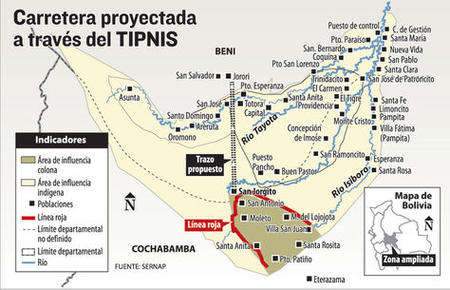Tijuana turns wastewater into wine, as Latin America dips toe in reuse
Reuters. “Tijuana turns wastewater into wine, as Latin America dips toe in reuse.” NBC News, November 27, 2017.

https://www.nap.edu/openbook/13514/xhtml/images/5.jpg
My final article was about a new way that people are using wastewater from a Mexican treatment plant. An Italian wine maker has begun to use treated wastewater from a Mexican plant to irrigate his nearby grape fields. While it may seem gross or unsanitary to use wastewater, this winemaker guarantees the water is perfectly clean and suggests that the water will make grapes that will eventually become wine that will sell for $200 a bottle. In addition to growing good grapes, the use of wastewater helps with water shortages in Mexico’s arid climate. In many other regions around the world including Singapore, Israel, and parts of the US people already use recycled wastewater however Latin America has been slow to adopt the trend despite water shortages. In some Latin American countries including Mexico, Chile, and Brazil are beginning to use treated wastewater for agriculture, specifically irrigation. Water recycling is very efficient and cost effective but it requires lots of infrastructure that many Latin American nations do not have yet. There is also a stigma about treated wastewater that makes people reluctant to use it, especially for drinking. There is also a growing concern among farmers about water prices potentially increasing because of water recycling which could easily put their farms out of business.
This article is interesting because the portrayal seems very balanced which is rare, especially for an article about Latin America. I liked this article because it did not talk about anything bad or violent like many other articles about Mexico and Latin America in general. Many articles that I have read for noticias posts in the past week have talked about murder, rape, corruption and poverty. It was nice to find an article that focused on an example of technological advancement in Latin America. While it did not really mean anything, it felt kind of nice to end on a high note.
This article began by portraying Latin America and Mexico in a positive light by talking about the technological advancements that Mexico has made that help deal with wastewater and water shortages in arid regions. The article also discussed similar systems in other Latin American countries which is a good thing and could save Latin America. The only part of the article that portrayed Latin America in a negative light was the part where it talked about the lack of technological advancement in Latin America. This may have been negative in a way but at the same time it was purely factual and did not embellish at all which is good. They also did not talk about poverty or infrastructure outside of the context of the article so I think that this article did a good job overall of remaining unbiased.






 2
2 3
3